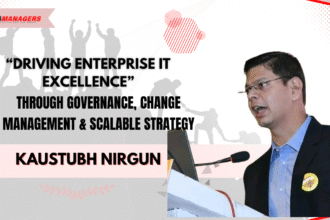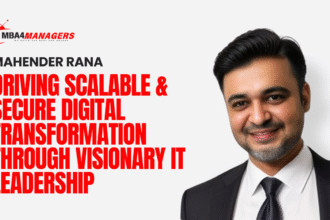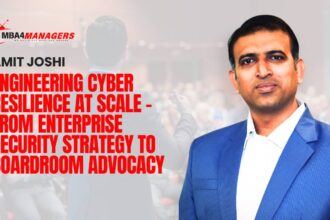In an era defined by rapid digital evolution, the role of a network and security architect has transcended traditional boundaries. Today, it’s not just about connecting endpoints but about engineering resilient, scalable infrastructures that underpin business innovation and safeguard digital assets. My journey across multiple continents and complex telecom landscapes offers valuable insights into how strategic architecture and security foresight drive transformative change.
From Field Engineering to Strategic Leadership
The transformation journey began in the trenches of network operations—field engineering, resolving critical outages, and upgrading legacy infrastructures. Early hands-on experience is crucial; it builds a practical understanding of the challenges faced by networks under pressure. Upgrading hundreds of legacy systems to modern protocols, reducing outages by over 90%, and architecting nation-scale MPLS backbones were foundational milestones that sharpened my problem-solving instincts.
These operational achievements laid the groundwork for a strategic mindset—one that views networks not just as technology stacks but as dynamic business enablers. The shift from managing equipment to designing carrier-grade IP Core Transport networks and cloud-native security frameworks reflects this evolution, emphasizing innovation aligned with business goals.
Zero-Downtime Mindset: The Cornerstone of Telecom Resilience
In telecom, downtime is more than an inconvenience—it’s a critical failure. Driving 99.99% uptime across national MPLS backbones, IP core networks, and multi-site data centers requires relentless focus on redundancy, failover automation, and proactive incident management. Embedding zero-downtime principles into every layer of the architecture ensures that networks remain resilient against disruptions, whether from hardware failures or emerging cyber threats.
This mindset demands leadership that integrates cross-functional teams, operational excellence centers, and strategic advisory roles. By bridging technology and governance, we create infrastructures that are not only robust but also aligned with stringent compliance frameworks such as ISO 27001 and GDPR.
Embedding Security as a Business Enabler
Cybersecurity is no longer an add-on but a foundational design principle. Transforming network resilience through zero-trust architecture, advanced threat management, and governance, risk, and compliance (GRC) integration has been pivotal. Proactively reducing audit findings by 40% and automating risk mitigation demonstrates how security transforms from a reactive to a strategic function.
Modern telecom environments demand cloud-native and hybrid security frameworks that protect distributed infrastructures. Delivering secure SD-WAN solutions incorporating deep packet inspection and URL filtering empowers enterprises to fend off sophisticated cyber attacks, safeguarding sensitive data and business continuity.
Innovation and Collaboration: Catalysts for Future-Ready Networks
Innovation in network architecture means embracing software-defined networking (SDN), network function virtualization (NFV), and cloud integration. These technologies drive cost efficiencies—such as cutting enterprise data center deployment costs by millions annually—and enable agility in a hyper-connected world.
Collaboration between security operations centers, network operations, and enterprise teams is essential to embed firewall policies and AAA (authentication, authorization, accounting) frameworks seamlessly. This collective effort streamlines compliance with national cybersecurity frameworks and prepares organizations for emerging threats.
Business Continuity and Disaster Recovery Reimagined
No transformation is complete without a robust business continuity and disaster recovery (BC/DR) strategy. Overhauling BC management to slash recovery times by 30% through automated failover systems demonstrates how technology can mitigate risk and maintain service reliability even under duress. Disaster recovery planning is both a technical and organizational challenge, requiring holistic governance and continuous improvement.
Strategic Consulting: Driving Telecom and Cloud Ecosystem Evolution
As a trusted strategic advisor, driving technology roadmaps and enterprise architecture ensures that telecom and cloud ecosystems evolve with agility and security at their core. This role involves anticipating future demands, aligning business priorities with technological capabilities, and orchestrating large-scale transformations that deliver measurable business impact.

Conclusion: Architecting for Innovation and Resilience
The transformation journey from a technical specialist to a principal network and security architect highlights the blend of operational expertise, strategic vision, and leadership needed to thrive in today’s telecom landscape. Secure, high-performance networks are the backbone of digital economies, and architects must continuously innovate to meet growing demands for availability, security, and compliance.
By fostering a zero-downtime mindset, embedding security at the core, and championing innovation through collaboration, we can build infrastructures that don’t just function—they empower businesses to innovate, scale, and succeed in an interconnected world.













